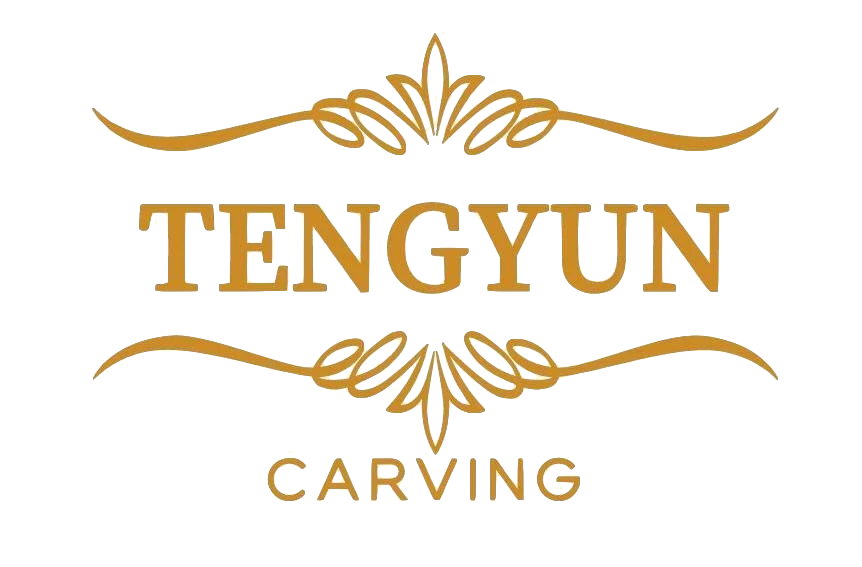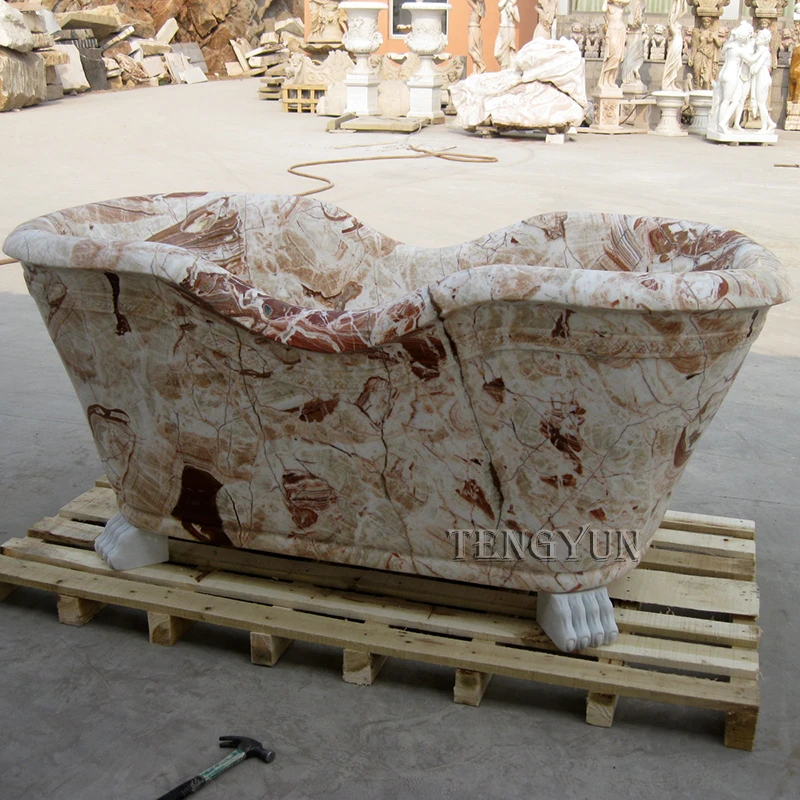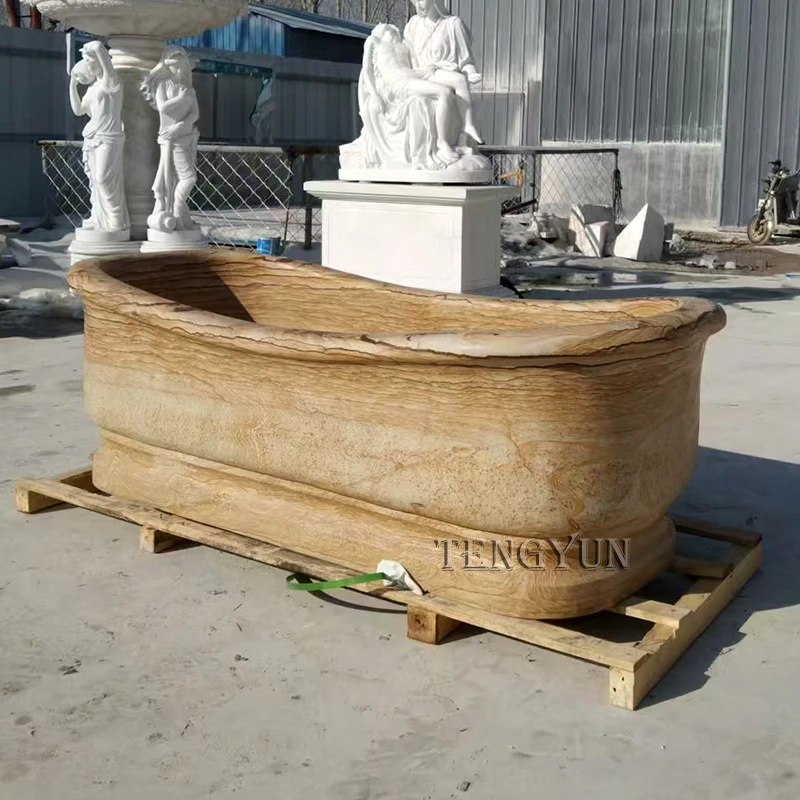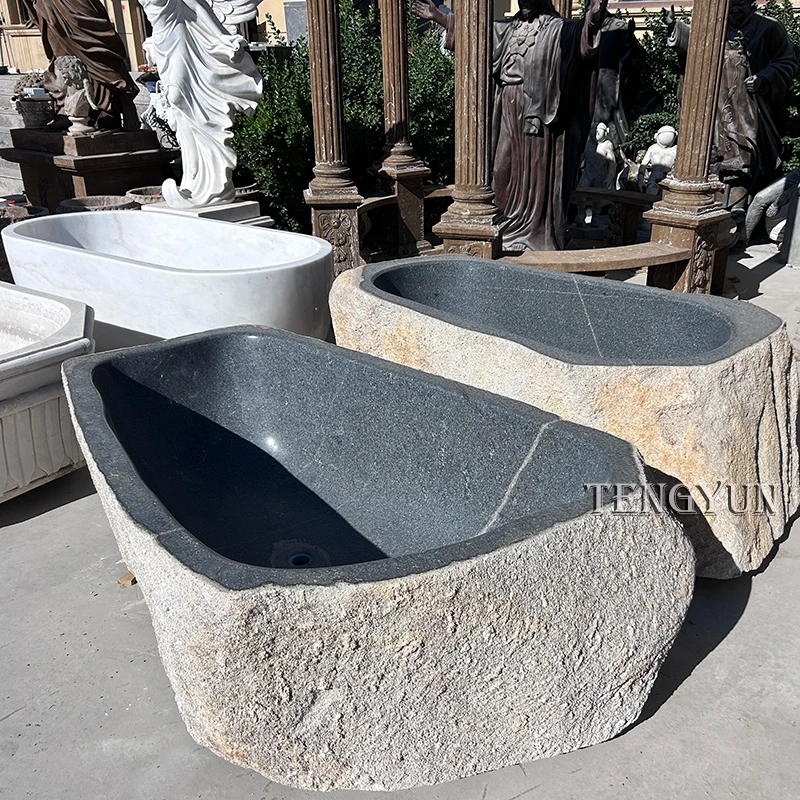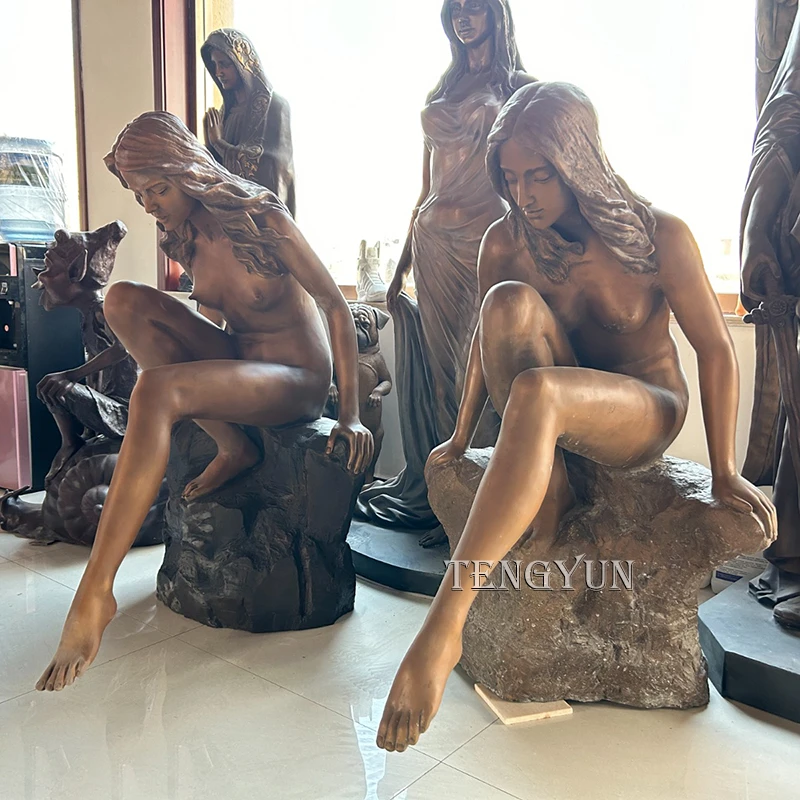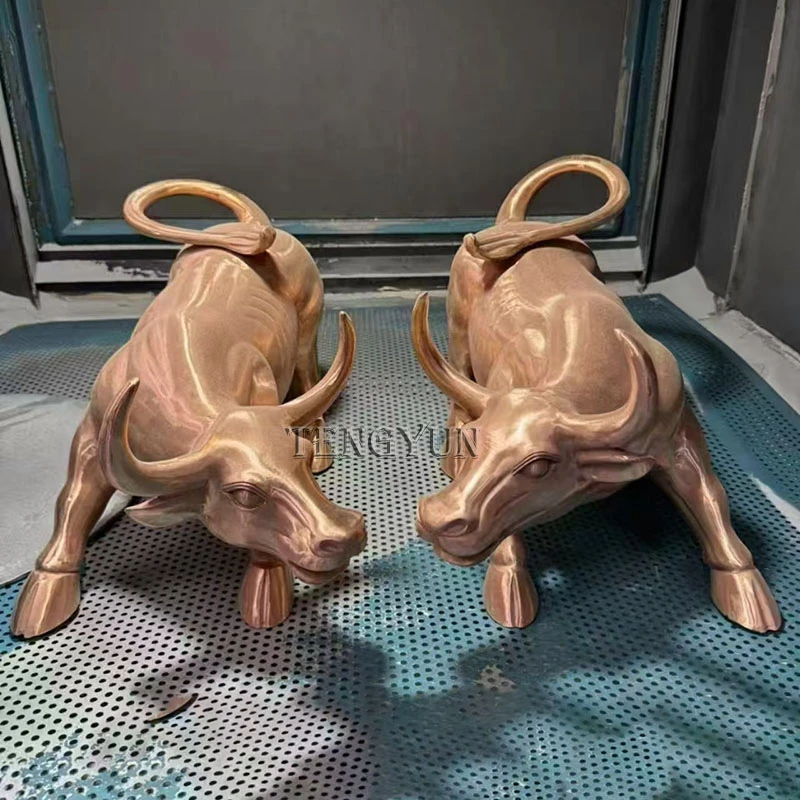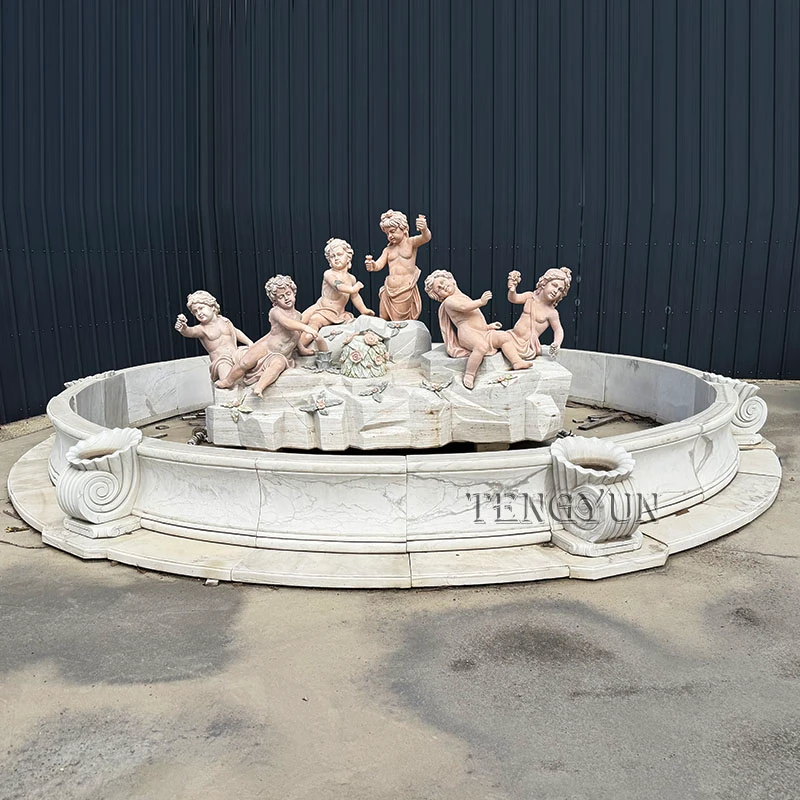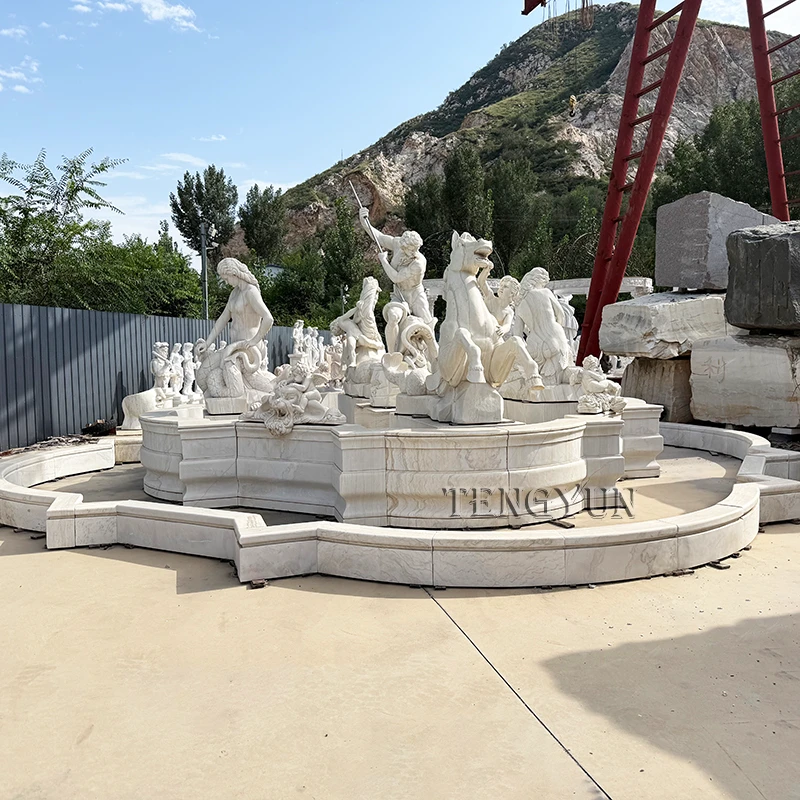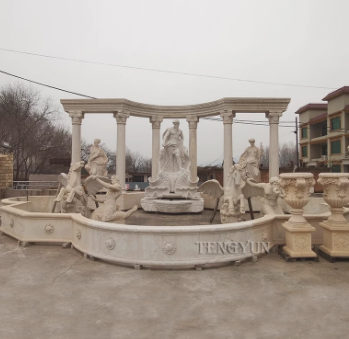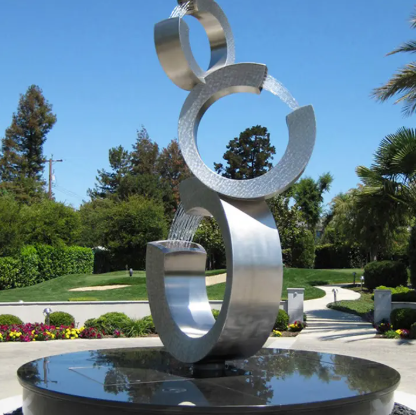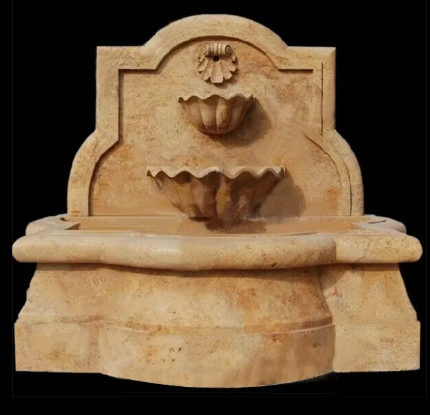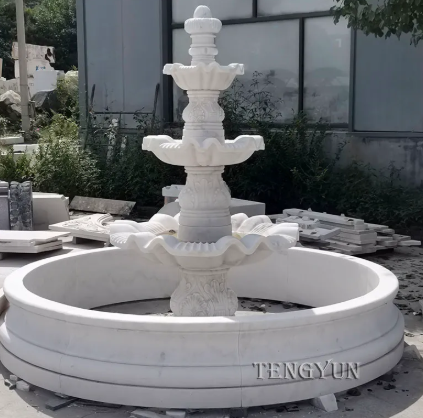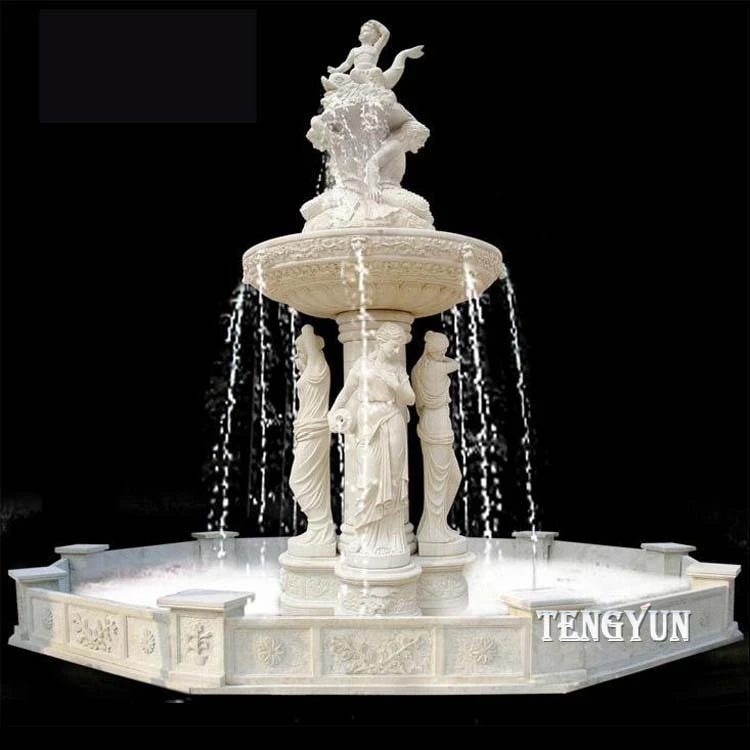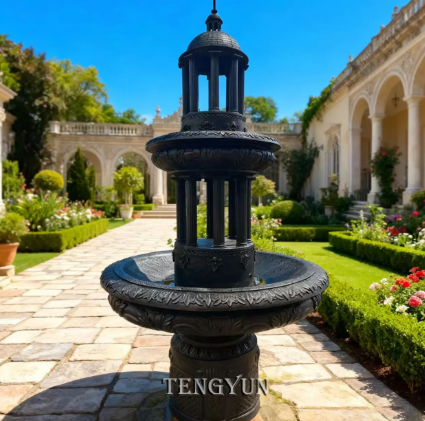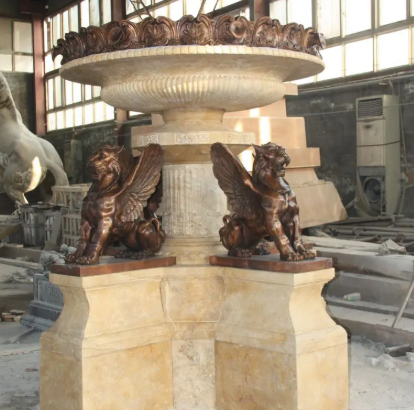Antique Bronze Buddha Sculpture: Serene Garden & Art Statues
The Enduring Legacy of antique bronze buddha Sculptures in Contemporary Environments
In an era where aesthetic appeal converges with profound cultural significance, the demand for high-quality antique bronze buddha sculptures continues its steady ascent, particularly within the B2B sector catering to luxury hospitality, expansive private estates, and specialized cultural institutions. These monumental pieces are not merely decorative elements; they represent a significant investment in both artistic heritage and serene ambiance, meticulously crafted to endure for centuries. The market trend indicates a clear preference for authentic, masterfully executed works that convey a sense of timelessness and gravitas. This surge is fueled by discerning clients seeking to integrate spiritual tranquility and sophisticated artistry into their environments, from grand lobbies to contemplative garden sanctuaries. Notably, the category of bronze buddha garden statue has seen remarkable growth, as landscape architects and designers increasingly incorporate these durable, weather-resistant figures to create focal points of peace and beauty in outdoor settings. The intrinsic value of bronze, renowned for its longevity and ability to develop a rich patina over time, positions these sculptures as highly desirable assets. Furthermore, the global recognition of Buddhist art forms contributes to a broad appeal, transcending geographical and cultural boundaries, making them a universal symbol of enlightenment and peace. The integration of such significant art pieces is viewed not just as an embellishment, but as a strategic enhancement to the overall experience offered by high-end establishments, signifying a commitment to quality, depth, and cultural appreciation. This deep-rooted appreciation for detailed craftsmanship and spiritual symbolism underpins the sustained and growing interest in these magnificent bronze creations across diverse professional applications.
The Art and Engineering of Bronze Casting: A Detailed Process Flow for Antique Bronze Buddha Production
The creation of a monumental antique bronze buddha sculpture is an intricate fusion of artistic vision and metallurgical precision, predominantly leveraging the ancient yet robust lost-wax casting (cire perdue) technique. This method begins with the creation of a detailed original model, often sculpted in clay or wax, capturing the intricate iconography and serene expression characteristic of Buddhist art. Following this, a silicone rubber mold is meticulously formed around the model, preserving every nuanced detail. This master mold is then used to create a hollow wax replica, which accurately mirrors the final bronze form. The wax replica is then coated with multiple layers of ceramic slurry, forming a robust ceramic shell. This shell, once dry and hardened, is placed into a kiln where the wax is melted out (dewaxing), leaving behind a hollow cavity precisely shaped to the sculpture's design. Concurrently, high-grade bronze alloy, typically composed of approximately 90% copper and 10% tin, with trace amounts of zinc and lead for improved castability and fluidity, is melted in a high-temperature furnace, reaching temperatures exceeding 1000°C. The molten bronze is then carefully poured into the pre-heated ceramic shell. Upon cooling, the ceramic shell is meticulously broken away, revealing the rough bronze casting. The next critical phase is chasing and finishing, where skilled artisans meticulously remove sprues, repair minor imperfections, and refine the surface using various tools, bringing out the intricate details. Patination, a crucial step for achieving the desired "antique" aesthetic, involves applying chemical solutions to the bronze surface, which react to create a specific color and texture, ranging from deep greens and browns to subtle blues, enhancing the sculpture's character and protective layer. The final steps involve sealing the patina to ensure longevity and preparing the sculpture for installation. This comprehensive process adheres to stringent quality control, with material composition verified through X-ray fluorescence (XRF) spectroscopy and dimensional accuracy checked against design specifications. Compliance with ISO 9001 standards for quality management ensures consistency and excellence at every stage. For large-scale installations, structural integrity is assessed to meet industry standards like ANSI, guaranteeing stability and safety. The inherent properties of bronze, particularly its exceptional corrosion resistance and mechanical strength, contribute to an estimated service life extending for centuries, making these sculptures ideal for enduring outdoor placements such as a bronze garden buddha, even in varying climates.
Technical Specifications and Material Science of Antique Bronze Buddha Sculptures
The selection of bronze as the primary material for monumental Buddha sculptures is rooted deeply in its superior material properties, which lend themselves perfectly to both artistic expression and enduring structural integrity. Bronze alloys, predominantly copper-tin variants, offer an optimal balance of strength, ductility, and exceptional corrosion resistance, crucial for sculptures intended for long-term outdoor exposure, particularly as a bronze buddha garden statue. Typical bronze formulations for statuary include CDA 83600 (Red Brass) or CDA 90300 (Tin Bronze), characterized by a copper content of approximately 85-90% and tin ranging from 5-10%, with minor additions of zinc and lead to enhance fluidity during casting and improve machinability during the finishing stages. These alloys exhibit a tensile strength typically ranging from 200 to 350 MPa, a yield strength of 70 to 150 MPa, and an elongation of 15-40%, indicative of their robustness and ability to withstand environmental stresses without significant deformation. The density of bronze is approximately 8.8 g/cm³, contributing to the substantial feel and stability of large-scale works. Surface hardness, measured on the Brinell scale (HB), usually falls within the 70-100 range, signifying resistance to abrasion and surface damage. The inherent anti-corrosive properties of bronze are further enhanced by the controlled application of patinas, which are stable oxide layers formed through chemical reactions. These patinas, ranging from verdant malachite green to rich sepia brown, not only provide the desired aesthetic character but also act as a protective barrier against environmental degradation, ensuring the sculpture’s longevity. Advanced analytical techniques, such as scanning electron microscopy (SEM) with energy-dispersive X-ray spectroscopy (EDS), are employed to verify the metallurgical composition and microstructural integrity of the bronze, ensuring it meets specific artistic and engineering requirements. This meticulous attention to material science ensures that each antique bronze buddha sculpture is not only a work of art but also a testament to advanced material engineering.
| Parameter | Typical Value/Range | Relevance to Sculpture |
|---|---|---|
| Primary Alloy Composition | Cu (85-90%), Sn (5-10%), Zn ( | Ensures optimal castability, strength, and patination properties. |
| Density | ~8.8 g/cm³ | Contributes to the monumental presence and stability of large works. |
| Tensile Strength | 200-350 MPa | Indicates resistance to breaking under tension, crucial for structural integrity. |
| Yield Strength | 70-150 MPa | Point at which material deforms permanently; higher is better for durability. |
| Elongation | 15-40% | Measure of ductility; allows for some bending without fracturing. |
| Brinell Hardness (HB) | 70-100 | Resistance to indentation and surface wear, vital for outdoor display. |
| Melting Point Range | ~950-1050°C | Critical for efficient and precise casting processes. |
| Corrosion Resistance | Excellent (naturally forms protective patina) | Ensures longevity and minimal degradation in diverse environmental conditions. |
Strategic Application Scenarios and Enduring Advantages of Antique Bronze Buddha Sculptures
The deployment of antique bronze buddha sculptures extends far beyond mere decorative purposes, offering multifaceted advantages across a spectrum of high-value B2B application scenarios. For luxury resorts and boutique hotels, integrating a large-scale bronze buddha sculpture within their landscaped gardens or grand reception areas serves to elevate the guest experience, fostering an ambiance of tranquility, sophistication, and cultural depth. These sculptures become iconic landmarks, enhancing brand identity and distinguishing the property in a competitive market. In private estates of discerning collectors and high-net-worth individuals, these bronze pieces function as central artistic statements, reflecting a profound appreciation for art, culture, and spiritual harmony. Cultural institutions, such as museums, historical foundations, and public parks, acquire these statues to enrich their collections, educate the public on Buddhist art and philosophy, and preserve cultural heritage, ensuring accessibility for future generations. For developers of large-scale spiritual centers or interfaith gardens, the inclusion of a robust bronze garden buddha is essential for establishing a sacred and meditative atmosphere that can withstand the elements for centuries.
The technical advantages inherent to bronze sculptures contribute significantly to their long-term value proposition. Unlike other materials, bronze offers unparalleled durability and resistance to environmental factors, including UV radiation, extreme temperatures, and moisture. This anti-corrosion property ensures that the intricate details and intended aesthetic of the sculpture are preserved for an exceptionally long duration, requiring minimal maintenance. Furthermore, the natural patination process of bronze, which evolves over time, adds depth and character, enhancing the "antique" quality and increasing its aesthetic appeal and perceived value. From an investment perspective, these sculptures hold and often appreciate in value, given their artistic merit, enduring material, and the increasing scarcity of truly master-crafted pieces. Unlike less robust materials, bronze does not necessitate energy-intensive climate control or constant protective measures, contributing to its sustainable and economical long-term ownership profile. The intrinsic material value, combined with the timeless artistic expression and the spiritual resonance, positions these antique bronze buddha sculptures as a superior choice for any entity seeking to make a lasting, impactful, and culturally significant statement.
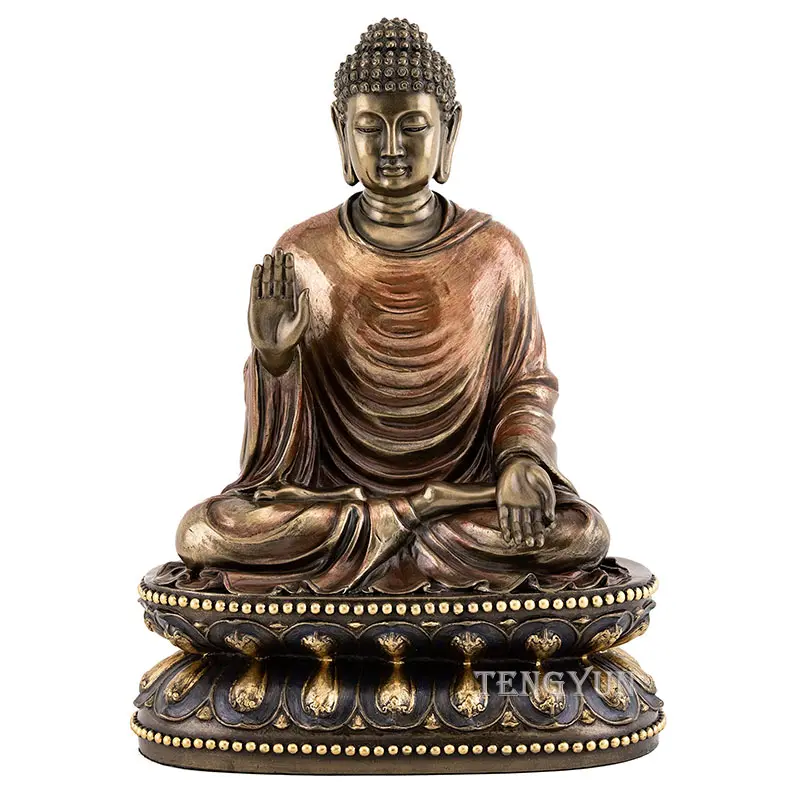
Bespoke Solutions and Manufacturer Expertise for Your Antique Bronze Buddha Project
For B2B clients seeking to acquire an antique bronze buddha, the ability to procure a customized solution is often paramount, ensuring the sculpture perfectly aligns with specific aesthetic, spatial, and conceptual requirements. Leading manufacturers in this specialized field offer comprehensive customization services, enabling clients to define precise parameters for their bronze buddha sculpture. This bespoke approach includes variations in scale, ranging from life-size renditions to monumental installations, adjustments to the posture and mudras (hand gestures) of the Buddha figure, and the replication of specific historical or artistic styles. The patination process, critical for achieving the desired antique finish, can be tailored to produce a wide spectrum of colors and textures, from classic verdigris to rich chocolate browns or even a sophisticated black. Furthermore, manufacturers can integrate custom bases or plinths, engineered for both aesthetic harmony and structural stability, particularly for outdoor placements like a bronze garden buddha. The selection of a manufacturing partner should be guided by their demonstrated expertise, a deep portfolio of similar projects, and an unwavering commitment to traditional lost-wax casting techniques that guarantee authenticity and unparalleled detail. Advanced firms often utilize 3D scanning and CAD modeling to meticulously plan and visualize the sculpture, providing clients with precise renderings before physical production commences, mitigating risks and ensuring alignment with artistic intent. This technical integration ensures that even highly complex and large-scale commissions are executed with supreme accuracy and artistry.
When evaluating potential manufacturers for your antique bronze buddha project, several key criteria differentiate top-tier providers. Foremost is their depth of experience in handling complex, large-format bronze casting, demonstrating a track record of successful installations. Secondly, the quality of their source materials and adherence to certified bronze alloys (e.g., CDA 903 or 836) is non-negotiable, ensuring the longevity and structural integrity of the final piece. A reputable manufacturer will provide transparent insights into their entire production process, from mold-making to finishing, and offer robust quality control protocols including material composition analysis and dimensional verification. Their capacity for project management, including logistical planning for delivery and installation of significant works, is also crucial. Lastly, a clear warranty policy and comprehensive post-sale support, including maintenance guidance, reflect a manufacturer's confidence in their craftsmanship and commitment to client satisfaction. Partnering with a specialist who understands the unique blend of artistic nuance and technical precision required for these sculptures ensures the successful realization of your vision, providing an enduring asset that stands as a testament to unparalleled artistry and engineering excellence.
Ensuring Trust: Client Success, Quality Assurance, and Support for Your Antique Bronze Buddha Acquisition
The acquisition of a substantial antique bronze buddha sculpture represents a significant commitment, and establishing trust with your manufacturer is paramount. Reputable firms demonstrate this through transparent processes, verifiable quality assurances, and dedicated customer support. For instance, a leading cultural foundation recently commissioned a 4-meter tall bronze buddha sculpture for their newly established meditation garden. Through detailed consultations, 3D renderings, and regular progress updates, the client witnessed the meticulous transformation from conceptual design to the exquisite final product. The sculpture's exceptional detail, robust construction, and perfectly aged patina garnered significant positive feedback, praised for its enduring presence and ability to evoke deep contemplative states, illustrating the tangible benefits of partnering with an experienced sculptor. Another example involved a luxury resort chain that acquired multiple bronze buddha garden statue units for their international properties. The sculptures were lauded for their consistent quality, resistance to diverse climates, and seamless integration into the varied landscape designs, proving their versatility and durability in high-traffic, outdoor environments. These cases underscore the importance of precision engineering and artistic integrity in meeting stringent B2B demands.
To further enhance trustworthiness, comprehensive quality assurance protocols are implemented, including rigorous material testing, dimensional checks, and surface finish inspections, often complying with international standards. A robust warranty, typically covering material integrity and craftsmanship for a period of 5-10 years, provides peace of mind against manufacturing defects, underscoring the manufacturer's confidence in their product. The delivery cycle for custom or large-scale antique bronze buddha sculptures can vary significantly based on complexity and size, usually ranging from 8 to 20 weeks from design finalization to shipment. Clear communication regarding these timelines and potential logistical challenges, especially for international shipping and installation, is crucial. Post-purchase, dedicated customer support includes guidance on proper handling, installation procedures, and long-term maintenance to preserve the sculpture's beauty and patina. Offering comprehensive technical documentation and responsive assistance ensures a smooth and satisfactory experience for B2B clients, reinforcing the long-term value and reliability of their investment.
Frequently Asked Questions (FAQ)
- What is the typical lifespan of a bronze buddha sculpture? Bronze sculptures, when properly cast and maintained, can last for hundreds, if not thousands, of years due to the inherent durability and corrosion resistance of the material.
- How do you ensure the authenticity of the "antique" finish? The antique finish is achieved through a carefully controlled chemical patination process, where specific reagents are applied to the bronze surface to accelerate the natural oxidation process, creating a stable, aged appearance.
- Can these sculptures be placed outdoors in various climates? Yes, bronze is highly resistant to weather variations, including extreme temperatures, humidity, and UV exposure. The applied patina further protects the surface, making them ideal for outdoor installations worldwide.
- What is the typical lead time for a custom large-scale sculpture? Lead times vary based on design complexity and size but generally range from 8 to 20 weeks for production, excluding shipping and installation time.
- Do you offer installation services or guidance? While direct installation services may depend on location, comprehensive technical guidance, detailed drawings, and support for professional installers are always provided to ensure correct and secure placement.
References
- Smith, J. (2022). The Metallurgy of Artistic Bronze: A Historical and Technical Analysis. Journal of Conservation Science, 15(3), 123-145.
- Chen, L. & Wang, H. (2021). Patination Techniques for Bronze Sculptures: Modern Applications and Traditional Practices. International Journal of Material Science, 8(2), 67-89.
- Museum of Fine Arts. (2020). Bronze Casting: From Ancient Craft to Contemporary Art. Exhibition Catalogue.
- Institute of Buddhist Studies. (2023). Iconography and Symbolism in Buddhist Art. Research Monograph Series, Vol. 42.
Post time:Aug . 16, 2025 09:20
